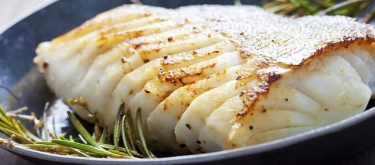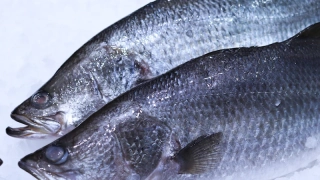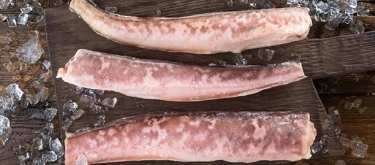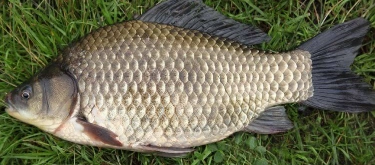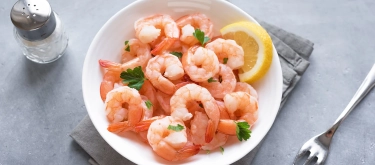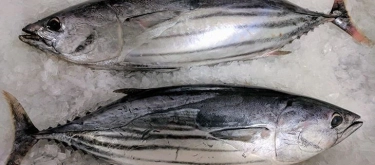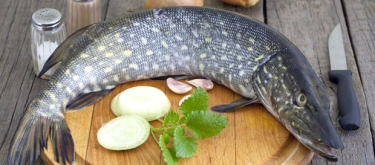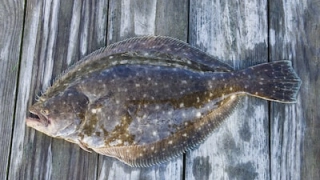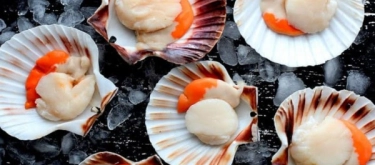Sea Bass: Taste Profile, Aroma, Benefits and Health Risks
Sea bass, renowned for its culinary elegance, is a premium saltwater fish widely appreciated for its mild yet sophisticated flavor, exceptional tenderness, and remarkable versatility. Featured prominently in Mediterranean, European, and Asian cuisines, sea bass graces menus worldwide, prepared as delicate grilled fillets, baked whole fish dishes, sashimi, or sophisticated gourmet recipes. Its popularity among chefs and gourmets highlights its refined texture, nutritional richness, and subtle yet delightful taste.
Sea bass is a seafood product, unsuitable for vegetarians, vegans, or individuals allergic to fish. It is naturally gluten-free. Ensure thorough cooking and careful handling to avoid risks associated with raw or undercooked seafood.
What does Sea Bass taste like?
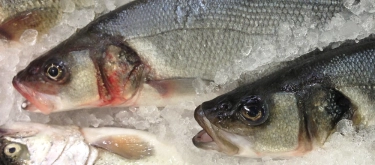
Complete Sensory Description
Taste
Sea bass possesses a mild, delicately sweet flavor accented by gentle savory undertones. Its taste profile is clean, subtly briny, and complemented by faint hints of nuttiness and butteriness. Unlike stronger-tasting fish, sea bass offers a refined, sophisticated balance, allowing the natural sweetness and nuanced marine notes to emerge harmoniously without overpowering the palate.
Aroma
Fresh sea bass has a clean, mild, oceanic fragrance—pleasantly briny without strong or intrusive fishiness. When cooked, it develops an appetizing aroma characterized by gentle, buttery scents and subtle notes of caramelization, herbs, and fresh sea breeze.
Texture
Sea bass features exceptionally tender, flaky, and succulent flesh. The texture is fine-grained, smooth, and silky, easily separating into delicate flakes. Proper cooking methods result in a moist, juicy mouthfeel, highlighting its soft yet firm structure.
Appearance
Raw sea bass has firm, translucent, pale ivory-white flesh beneath shiny silver-grey skin. Upon cooking, the flesh turns opaque white, while the skin crisps beautifully to golden-brown hues, offering an appealing visual contrast and enhancing overall culinary presentation.
In-depth Flavor Analysis
Sea bass's refined flavor arises from a specific combination of amino acids, minerals, and fats within its flesh. The mild sweetness primarily comes from the presence of glycine and alanine—free amino acids known to impart delicate sweet notes. Glutamic acid further contributes to subtle savory (umami) qualities, adding depth without overwhelming the delicate sweetness.
Marine notes are attributed to trimethylamine oxide (TMAO), a common compound in marine fish responsible for mild oceanic aromas. Upon cooking, TMAO partially breaks down, enhancing desirable subtle marine nuances without causing excessive fishiness.
Fat content also significantly affects the sensory experience. Sea bass has moderate levels of beneficial polyunsaturated fatty acids (omega-3), particularly EPA and DHA, contributing to its gentle buttery and nutty undertones. Variations in the diet and habitat of the fish (wild-caught vs. farm-raised, nutrient-rich cold waters vs. warmer seas) influence fat composition and subsequently flavor nuances, with wild-caught sea bass typically displaying cleaner, slightly more pronounced marine flavors.
Flavor variability further emerges from cooking techniques: gentle methods like steaming and poaching preserve subtle sweetness and oceanic freshness, while roasting or grilling enhances flavors through the Maillard reaction—deepening savoriness, nutty complexity, and providing a pleasingly caramelized finish.
Varieties and Culinary Applications
European Sea Bass (Branzino)
This Mediterranean staple is prized for its delicate taste and tender flesh. Commonly grilled whole, baked with herbs and lemon, or gently steamed, Branzino pairs beautifully with olive oil, garlic, fresh herbs, citrus, and light sauces.
Asian Sea Bass (Barramundi)
Slightly richer and butterier, barramundi works excellently in Asian-inspired dishes—steamed with ginger, garlic, scallions, or soy-based sauces—or grilled and paired with vibrant spices and tropical fruit salsa.
Black Sea Bass
With its firmer texture and richer taste, black sea bass is suitable for grilling, pan-frying, or oven-roasting. Popular pairings include Mediterranean flavors such as olives, tomatoes, basil, capers, and robust sauces.
Culinary Versatility
Sea bass’s mild flavor profile makes it exceptionally versatile. Recommended preparations include:
- Grilled or Roasted: Whole fish seasoned with herbs, lemon, olive oil, creating crisp skin and tender flesh.
- Steamed or Poached: Highlighting natural sweetness and tenderness, paired simply with light sauces or fresh vegetables.
- Pan-Seared: Fillets pan-seared in butter or olive oil, developing crisp skin and lightly caramelized exterior.
- Raw Preparations: High-quality fresh sea bass suitable for sashimi, ceviche, or carpaccio, emphasizing its subtle sweetness and freshness.

Selection and Storage
Selecting Quality Sea Bass
- Choose fish with clear, bright eyes, moist and firm flesh, shiny scales, and a mild oceanic aroma.
- Avoid specimens with dull eyes, slimy textures, strong odors, or discolored skin and flesh.
Storage Recommendations
- Refrigerate immediately below 4°C (39°F) and consume fresh sea bass within 1–2 days.
- Freeze tightly wrapped or vacuum-sealed sea bass for up to 2–3 months, thawing slowly under refrigeration for best quality retention.
Nutritional Insights
-
High-Quality Protein:
Excellent protein source providing essential amino acids necessary for muscle development, repair, and overall bodily functions. -
Omega-3 Fatty Acids:
Good source of omega-3 fats, supporting cardiovascular health, cognitive functions, and anti-inflammatory benefits. -
Vitamins and Minerals:
Rich in vitamin D, vitamin B12, selenium, iodine, phosphorus, potassium, and magnesium—important nutrients for immune support, metabolism regulation, and bone health. -
Low-Calorie, Nutrient-Dense:
Lean, healthy choice suitable for balanced diets, offering significant nutritional benefits with moderate caloric content.
Expert Insights & Culinary Tips
-
Optimal Cooking Techniques:
Experts recommend gentle cooking methods—steaming, grilling, roasting, or pan-searing—to preserve sea bass’s tenderness, flavor, and delicate texture. -
Flavor Pairings:
Pair with citrus fruits (lemon, lime), fresh herbs (thyme, basil, dill), garlic, olive oil, butter, white wine, capers, tomatoes, fennel, or delicate Asian seasonings. -
Resting and Serving:
Allow cooked sea bass to rest briefly before serving, ensuring optimal moisture redistribution, tenderness, and flavor release.
Interesting and Curious Facts
- European sea bass ("Branzino") is highly valued in Mediterranean cuisine, symbolizing culinary elegance and refinement, often featured prominently in gourmet dining.
- Sea bass popularity surged globally through its frequent appearance in upscale restaurants, showcasing its versatility in refined culinary preparations.
- Sustainable aquaculture practices increasingly provide responsibly farmed sea bass, ensuring consistent quality and availability without compromising environmental integrity.
Harm and Dietary Considerations
-
Moderate Mercury Levels:
While generally considered safe, sea bass may contain moderate mercury; pregnant women, nursing mothers, and children should consume in moderation. -
Foodborne Illness Prevention:
Thorough cooking (internal temperature at least 63°C/145°F) is vital to eliminate bacterial or parasitic risks. -
Allergic Reactions:
Individuals allergic to fish proteins should avoid consumption entirely to prevent allergic reactions.
Final Thoughts & Sensory Journey
Sea bass exemplifies culinary refinement through its delicately sweet, subtly savory flavor and exceptionally tender texture. Versatile in preparation methods and flavor pairings, it appeals widely from gourmet dining to simple home-cooked meals. Its balanced nutritional profile complements its elegant sensory qualities, ensuring continued popularity and appreciation among culinary enthusiasts worldwide.
Resources
- McGee, H. (2004). On Food and Cooking: The Science and Lore of the Kitchen. Scribner.
- USDA FoodData Central (2023). Sea Bass Nutritional Profile, Handling, and Cooking Guidelines.
- Food and Agriculture Organization (FAO). (2021). Marine Fish: Nutritional Insights, Culinary Applications, and Safety.
